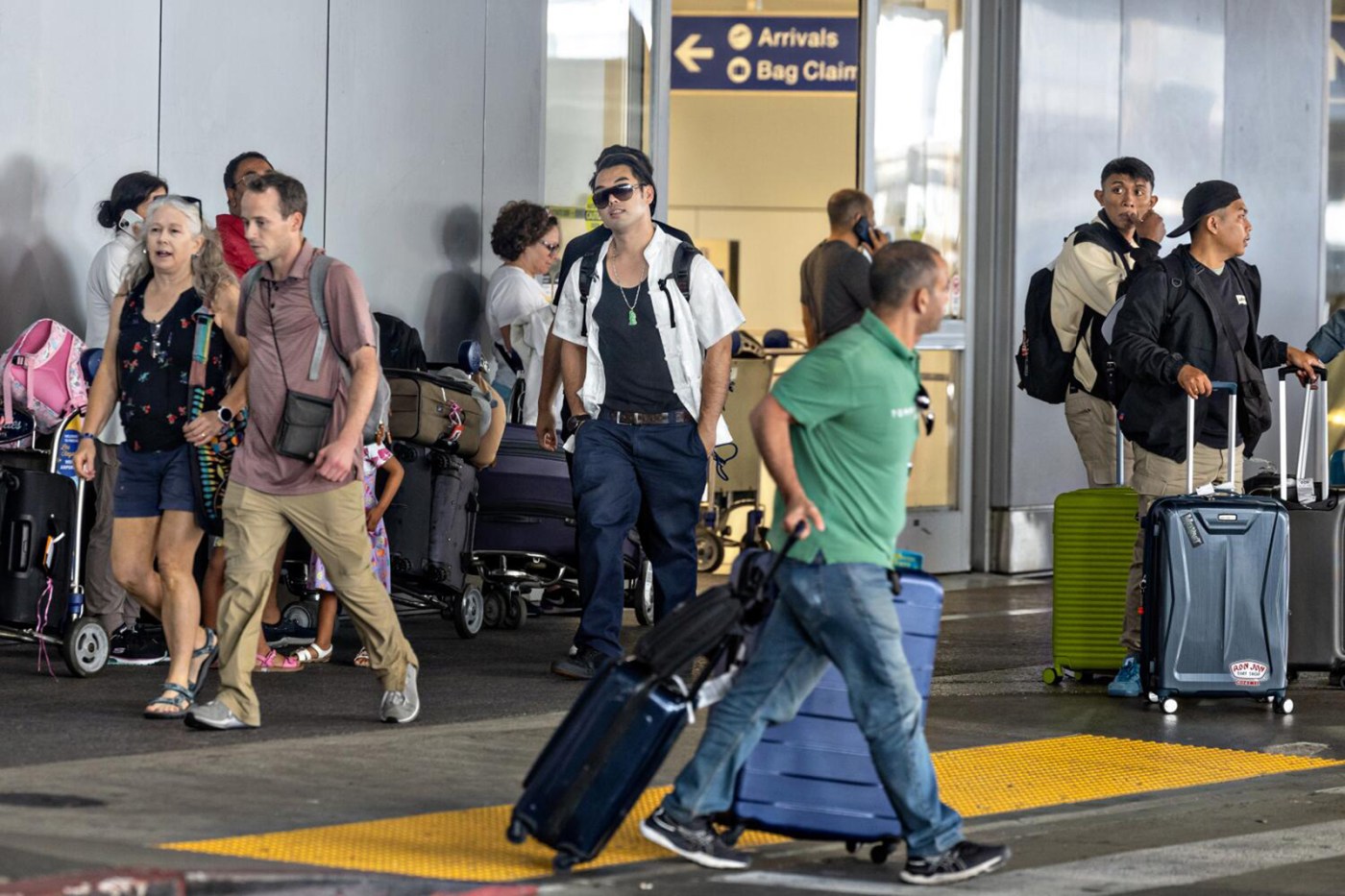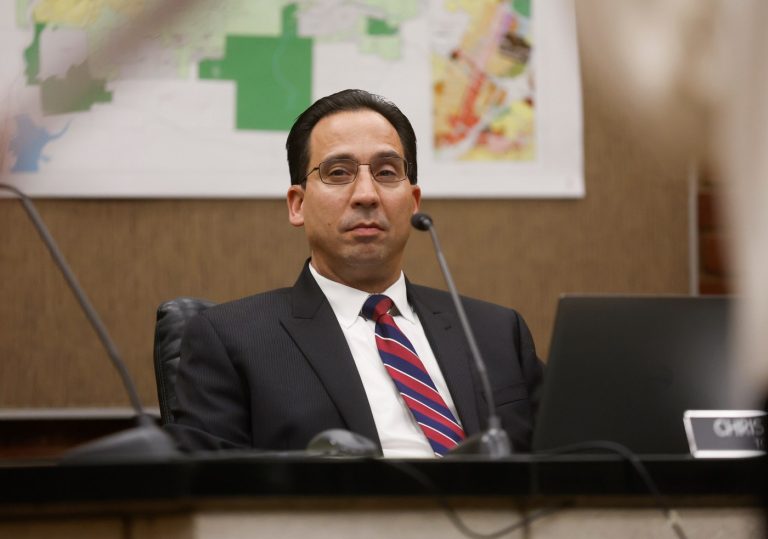With the arrival of the summer travel season, airports and airlines are experiencing unprecedented passenger volumes, which means that most flights are filled or near capacity. This trend of higher passenger volume will not abate anytime soon.
With higher demand, the airlines, the Federal Aviation Administration and the Transportation Security Administration will be pushed into uncharted territory. So what is needed to keep pace with this unprecedented demand?
The TSA screened more than 3 million passengers on July 7. The TSA faced similar volumes on May 24, June 9, June 14, June 24, June 27 and June 28. More such days are certain to happen this year. This uptick in volume demands a risk-based security strategy that more finely matches security resources with passenger risk.
Notably, time reductions at every step of the screening process translate into higher passenger throughput. For example, every second saved on a passenger when screening 3 million passengers translates into a reduction of 833 hours of total screening time.
How can the TSA find such time? One way is encouraging more passengers to enroll in TSA PreCheck, the poster child for risk-based security. Whether that means reducing the cost of enrollment, setting up enrollment centers at non-airport locations to ease access or working with airlines to provide airline loyalty program benefits that come with PreCheck status, this should be a top priority.
The TSA is also rolling out facial recognition to authenticate passenger credentials and confirm passengers’ identity.
Each of these programs incrementally reduces time spent at airport security checkpoints, while maintaining the level of security required to protect the air system.
On the downside, the CT scanners being used at most airports to scan carry-on bags have operated at slower speeds than the X-ray machines they replaced.
Air traffic control continues to get negative attention, as runway incursions put passengers and airplanes at risk. The good news is that most runway incursions are benign, involving an airplane harmlessly being out of position. The few more sensational incidents, such as two airplanes operating on the same runway, are the most dangerous.
Calls for more air traffic controllers abound. However, the system itself needs to be rethought. This is where AI can play an important role. AI systems cannot replace air traffic controllers, but they can support controllers’ work and make their jobs more efficient and less burdensome.
Airlines have been criticized for not taking care of passengers when flight disruptions occur. In response, the U.S. Department of Transportation has imposed new rules that require airlines to refund tickets and costs of services provided, further fueling the antagonistic relationship between airlines and the DOT.
If the airlines are to handle an ever-growing population of travelers, they need to carve out policies and procedures that are effective and flexible enough to address the different scenarios that invariably arise. Airlines understand that not every flight delay or cancellation is the same. Some are within airline control, such as airplane mechanical issues, and some are not — weather and air traffic control, for example. Some are more nuanced, such as flight crew rest limitations.
The current model incentivizes airlines to blame the weather or air traffic control on every delay or cancellation, an easy and immediate way to avoid responsibility.
Related Articles
Bay Area airports, hospitals, courts hit by global tech outage
Scores of travelers face Bay Area flight cancellations, delays after global software outage
NFL Hall of Famer Terrell Davis, wife speak out after ‘traumatizing’ incident at California airport
NFL Hall of Famer says he was unjustly handcuffed and ‘humiliated’ on a flight to California
Like Ubers in the sky? Bay Area companies develop electric air taxis
To build a cooperative relationship between airlines and the DOT, any rules must ultimately place passengers first. For the airlines, this means offering more flight options, including regional airports that have seen significant cuts in service, post-pandemic. Enhancing FAA incentive programs would be a good first step in this direction.
Three million-passenger screening days are fast approaching, and they will become more ubiquitous in the not too distant future. The TSA is making great strides to meet the challenge. The DOT, including the FAA, can do better. The airlines must also step up and become part of the solution. Using passengers as pawns in airline and government conflicts is not the answer.
All stakeholders should be committed to delivering a better product. The time to act is now, not in the aftermath of a crisis, when there is a dearth of sensible thinking and an abundance of overreaction and finger-pointing. Passengers deserve better.
Sheldon H. Jacobson is a professor of computer science at the University of Illinois at Urbana-Champaign. He has studied airport risk-based security for nearly 30 years. ©2024 Chicago Tribune. Distributed by Tribune Content Agency.












